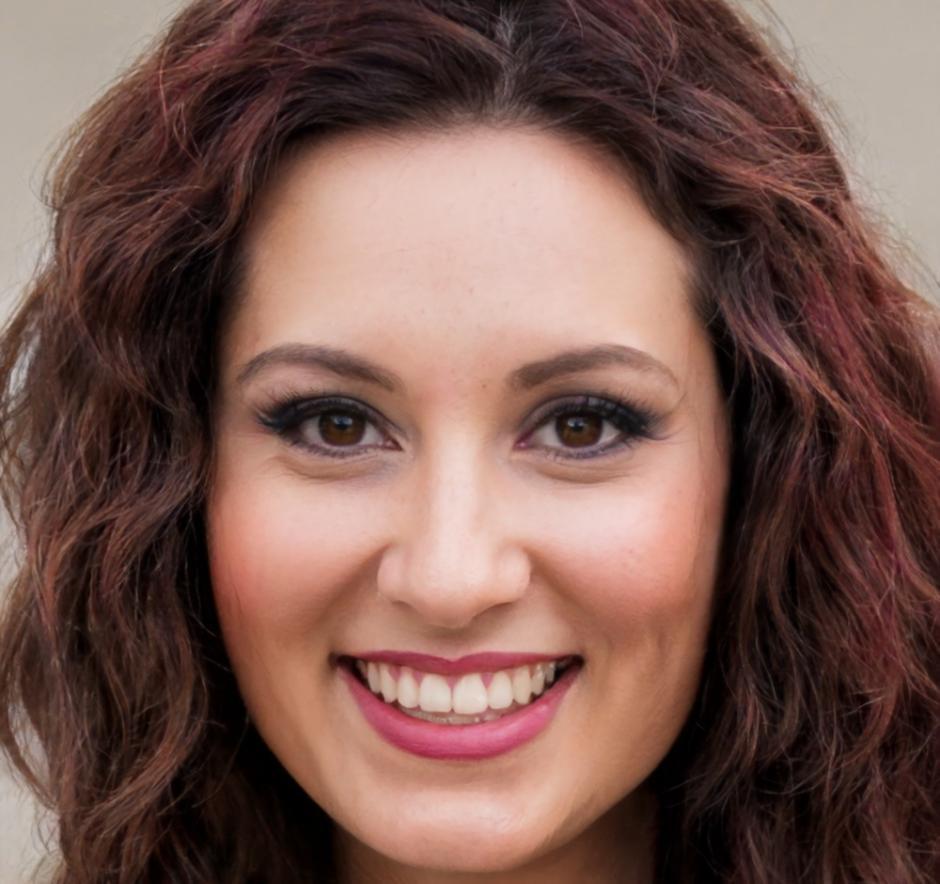Your Investment Questions, Answered
Breaking down investment fears with clear guidance and practical insights from real experience helping Canadians build financial confidence
Questions by Your Journey Stage
Just Getting Started
You're curious about investing but haven't taken the first step yet. These concerns are completely normal.
- What if I lose all my money on day one?
- How much do I actually need to start investing?
- Should I pay off my credit card debt first?
- What's the difference between stocks and mutual funds anyway?
Ready to Begin
You've decided to invest but need practical guidance on taking those first concrete steps.
- Which investment account should I open first?
- How do I research companies before buying their stock?
- What happens if the market crashes right after I invest?
- Should I invest a lump sum or spread it out over time?
Building Your Portfolio
You've made some investments and now you're figuring out how to grow and manage your portfolio effectively.
- When should I sell an investment that's losing money?
- How often should I check my investment performance?
- What does diversification actually look like in practice?
- Should I invest more during market downturns?

Step-by-Step: Overcoming Investment Fears
Start Small, Think Long
Begin with amounts that won't keep you up at night. Many successful investors started with just $50 monthly. The goal isn't to get rich quick – it's to build the habit and learn how markets actually work over time.
Learn From Real Examples
Study how different investments performed during actual market events. Look at what happened during 2008, 2020, and other challenging periods. You'll see that patient investors who stayed the course typically came out ahead.
Create Your Safety Net
Keep 3-6 months of expenses in a regular savings account before investing heavily. This emergency fund means you won't need to sell investments at bad times to cover unexpected costs.
Build Understanding Gradually
Don't try to learn everything at once. Focus on understanding one type of investment well before moving to others. Many investors do perfectly fine with just index funds and a few individual stocks.
Develop Your System
Create simple rules for when you'll invest more, when you'll sell, and how you'll rebalance. Having a plan removes emotion from decisions and helps you stay consistent through market ups and downs.
Track Progress, Not Daily Prices
Focus on whether you're meeting your long-term goals rather than daily market movements. Check your investments monthly or quarterly, not every day. This helps reduce anxiety and keeps you focused on what matters.
What if I invest right before a market crash?
This is probably the most common worry, and it's totally understandable. Here's what history shows us: even if you invested at the worst possible times over the past 40 years – right before every major crash – you'd still come out ahead if you kept investing regularly and didn't panic sell. The 2008 crash? The S&P 500 recovered within about 5 years. COVID crash in 2020? Recovered in about 5 months. Markets go down, but they also go back up.
Should I wait for a better time to start investing?
Time in the market beats timing the market – you've probably heard this before, but let me give you a concrete example. Someone who invested $10,000 in 1990 and never added another penny would have about $200,000 today. Someone who waited for the "perfect" time probably never invested at all. Start with small amounts and increase gradually as you get more comfortable.
How much of my portfolio should I expect to lose in a downturn?
Stock markets typically drop 10-20% once or twice per year, and drop 30-50% every decade or so during major recessions. If you can't handle seeing your investment lose 30% of its value temporarily, stick with more conservative investments like bond funds or GICs. But remember – these big drops are usually followed by big recoveries for patient investors.
What's the minimum amount I need to start investing?
Many brokerages now let you start with no minimum and offer fractional shares. You can literally start with $25. But honestly, starting with at least $500-1000 gives you more options and makes the account fees less of a factor. Don't wait until you have $10,000 – start with what you have and add more each month.
Should I use a robo-advisor or pick my own investments?
Robo-advisors are great for beginners because they handle the technical stuff like rebalancing and tax-loss harvesting. They typically charge 0.25-0.7% annually. If you want to learn by doing and don't mind spending a few hours monthly managing your portfolio, self-directed investing through a discount broker can save you fees. Many people start with a robo-advisor and gradually move some money to self-directed as they learn.
What's the difference between RRSP and TFSA for investing?
Both let your investments grow tax-free, but work differently. RRSP contributions reduce your current tax bill, but you pay tax when you withdraw. TFSA contributions don't reduce current taxes, but withdrawals are completely tax-free. For most people under 40, maxing out TFSA first makes sense because you're likely in a lower tax bracket now than you will be later.

How do I know if I'm making good investment decisions?
Focus on process, not short-term results. Good decisions include: diversifying across different investments, keeping costs low, investing regularly regardless of market conditions, and not panic-selling during downturns. If you're doing these things, you're making good decisions even if your account value fluctuates.
What if I need the money before retirement?
Only invest money you won't need for at least 5 years, ideally 10+. For shorter-term goals, stick with high-interest savings accounts or GICs. If you might need some money in 3-7 years, consider a conservative portfolio with more bonds and fewer stocks. The key is matching your timeline with appropriate investments.
How often should I review and adjust my investments?
Quarterly reviews are plenty for most people. Check whether your asset allocation is still on target (if stocks have grown a lot, you might need to rebalance back to your target percentage). Annual reviews of your overall strategy make sense too – are your goals still the same? Has your risk tolerance changed? But avoid the temptation to constantly tinker based on market news.

